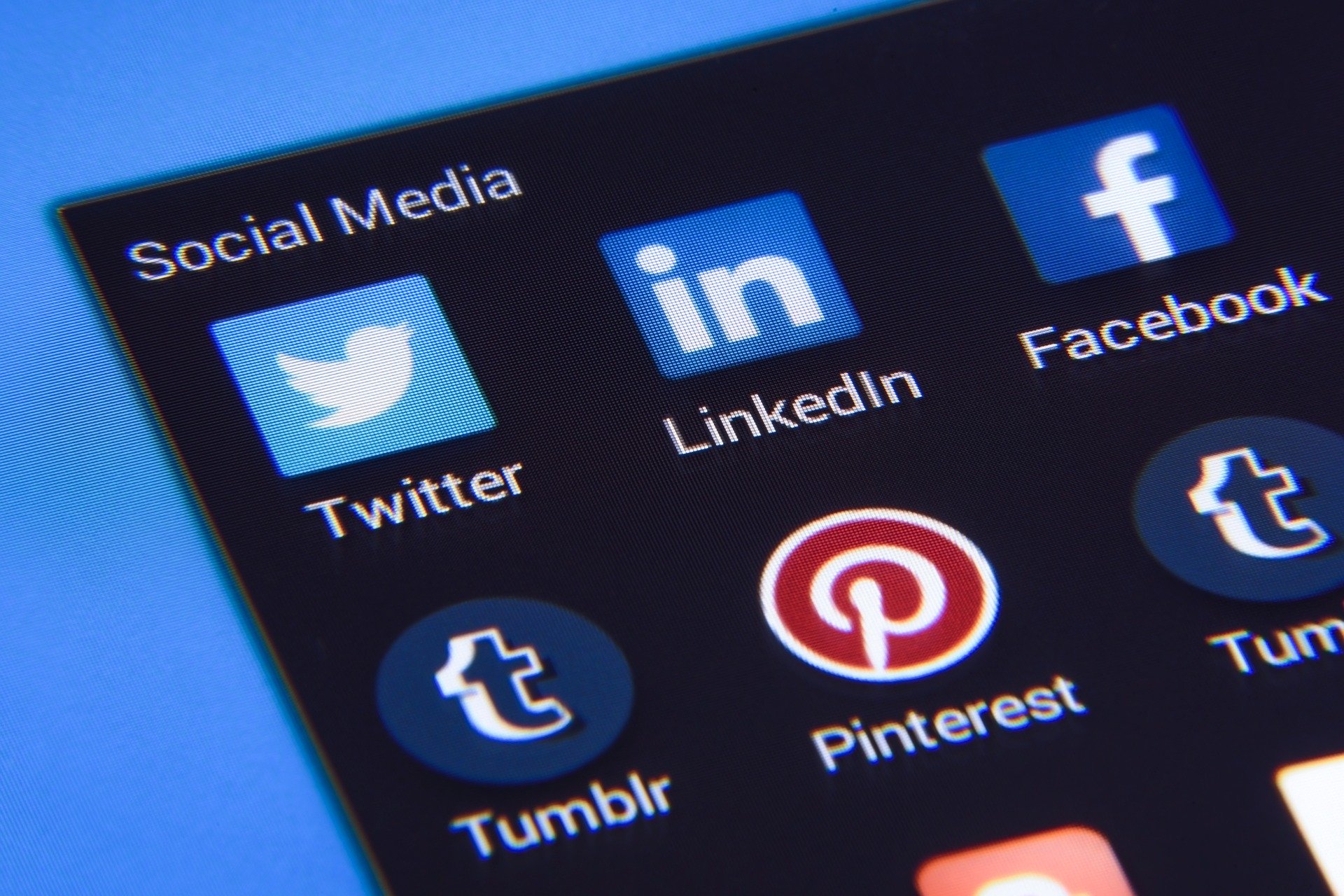Among B2B PR teams, LinkedIn is the go-to social media platform for executives to drive positive visibility and thought leadership. But a profile that serves as a glorified CV isn’t enough to gain sought-after exposure; that takes time, strategy, and a dash of creativity. How can executives get the most from their LinkedIn profile to convey leadership and be seen as an expert?
Go beyond a resume
Your LinkedIn profile is representative of your brand. If someone were to scroll through, how would they perceive you? It may be time to review and optimize your profile to ensure that it’s presenting you and your brand in the best way. Here is what to keep in mind:
-
Have an updated and professional-looking profile picture, and an appropriate banner photo. Don’t use a vacation snapshot or a picture of you in black tie at someone’s wedding. And make sure the banner photo is high-resolution and eye-catching.
-
Instead of your job title, include a headline that describes what you do. “Experienced marketing consultant who helps nonprofits obtain funding” is better than “Director of Marketing” or, worse, “Nonprofit Marketing Guru”
-
Your summary should reveal your specific expertise. Be mindful of using keywords that will describe you as a leader in your sector. For example, “Built and led comms team at high-growth technology startup in advance of IPO” is more specific and a bit stronger than “Headed comms at successful startup.”
-
Showcasing media on your profile is a great way to represent your expertise. If you’ve spoken at industry conferences, upload the video. Linking to blogs or articles that feature your expertise are also great ways to present your brand.
Zone in on your audience
Odds are that B2B executives already know who their ideal target is, so the next step is to focus on the content that attracts them. Look at relevant media, customers, and key stakeholders. Keep in mind that interests will vary based on job title and sector. Make sure to use terms familiar to those in your industry, and be conscious of keywords and phrases that spark ideas and answer questions. For example, descriptions sprinkled with terms of interest to marketers, like “performance marketing,” “optimized campaigns” or ”lead-generation” will make your profile more searchable.
Minimize self-promotion
As a thought leader, your goal is to provide authentic insights into industry trends and business. Glaringly obvious brand and company promotion can turn off your audience and detract from your message.It’s far more impressive to focus on insights and indirectly on career achievements.
Develop engaging content
Creating well-crafted, timely content is the most important way to position yourself as a thought leader on LinkedIn. Here are a few strategies you should consider when generating content.
Publications
If you’ve been quoted in any publications, share the links to them with an introductory sentence. LinkedIn also lets you publish your own articles within the platform as updates in your feed and LinkedIn groups.
Current events and timely coverage
Provide personal observations and opinions on the latest news; for example, what privacy updates mean for advertising or lessons to learn after a company’s been breached. Google Trends is an extremely useful tool that shows what people are searching for and highlights search phrases at their peak volume. Google News is useful to understand timely coverage of what news outlets are publishing. If applicable, offer reasons why you agree or disagree with relevant stories or opinions in the news that relate to trending topics in your industry.
Evergreen content
Though timely coverage should be included in your mix, it’s important to include content with staying power. This is where evergreen content comes into play. Evergreen content will stay relevant for months or even years.
Create polls
Polls are a creative way to gauge where your audience stands on industry trends or breaking news, or common obstacles. Poll responses can spur the creation of a blog post or an article that addresses the subject at hand, providing you with even more content!
Thought leadership content is meant to be informative, not exhaustive – you don’t have to overthink it or go too broad when bit-sized topics will do. You’ll be able to reach a self-selected audience in search of practical advice that is shareable by other LinkedIn members.
Consistency is key
Set a schedule for publishing your LinkedIn posts. Social media managers like Hootsuite and Sprout Social allow you to schedule posts ahead of time. It’s also beneficial to set aside scheduled time to interact with your LinkedIn network. Pencil in some time on your calendar the same way you would for a meeting and stick with it. Just 15 minutes three times a week can build your network.
Once you’ve woven these ideas into your LinkedIn strategy, set metrics and track engagement and new followers to see if you’re making headway. Start connecting with your peers and key stakeholders. If you’re sharing relevant updates and articles, these potential connections will have context about you and your brand which will increase the likelihood of them connecting with you. You’ll be well on your way to solidifying your place as a LinkedIn thought leader in no time.




